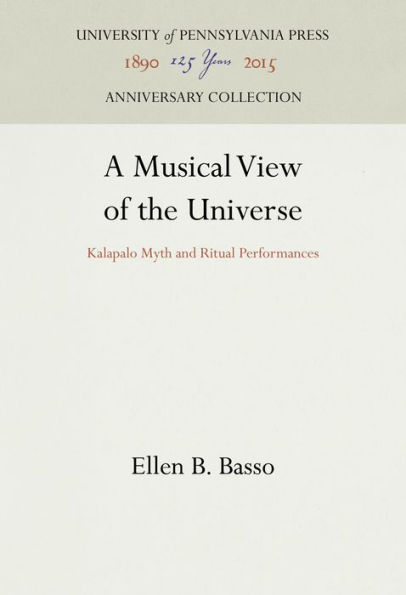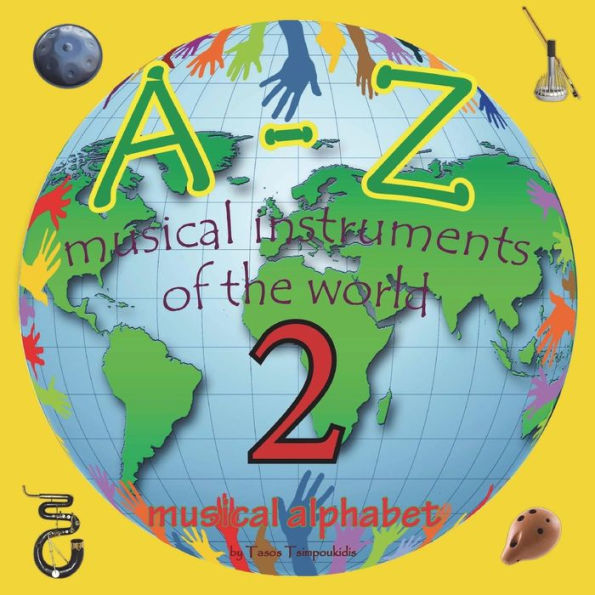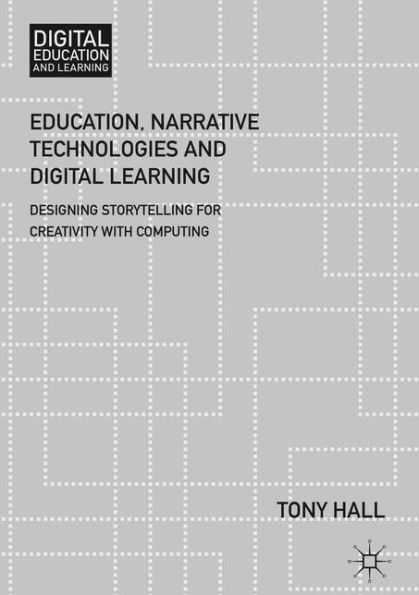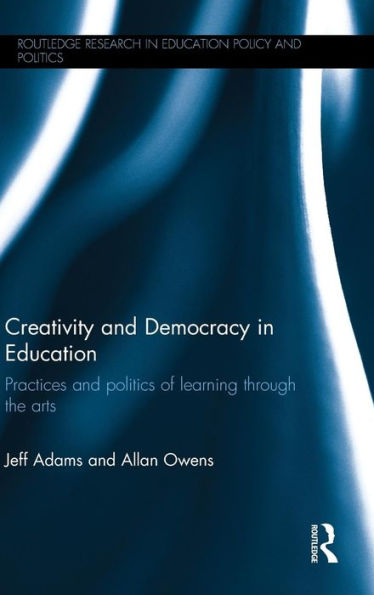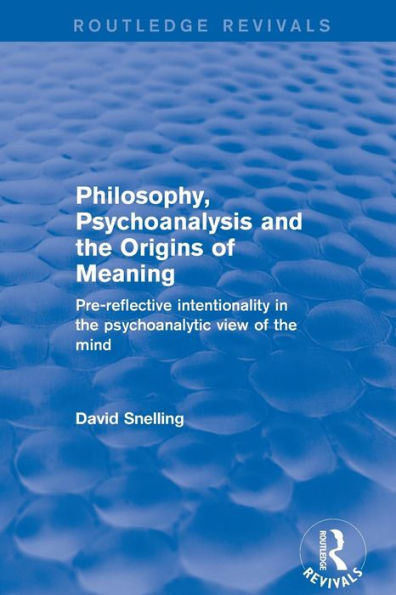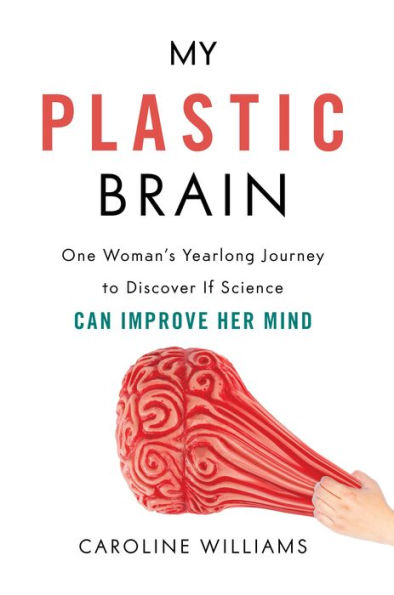Home
Discovering the musical mind: A view of creativity as learning
Barnes and Noble
Discovering the musical mind: A view of creativity as learning
Current price: $86.00
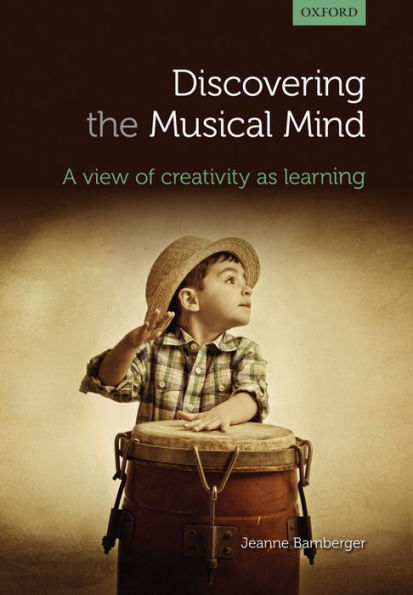

Barnes and Noble
Discovering the musical mind: A view of creativity as learning
Current price: $86.00
Size: OS
Loading Inventory...
*Product information may vary - to confirm product availability, pricing, shipping and return information please contact Barnes and Noble
Following her distinguished earlier career as a concert pianist and later as a music theorist, Jeanne Bamberger conducted countless case studies analysing musical development and creativity the results of which were published in important scientific journals. Discovering the musical mind draws together in one source these classic studies, offering the chance to revisit and reconsider some of her conclusions. Reviewing the data in light of current theories of cognitive development, she discusses how some of the conclusions she drew stand up to scrutiny, whilst in other cases, anomalies turn out to have greater significance than expected.
The book is a collection of Bamberger's papers from 1975 to 2011. It includes her first study of Beethoven's original fingerings, her beginning work with children's invented notations, close observations and analysis of children in the Laboratory for Making Things, studies of musically gifted children, and the emergent musical development of students in elementary-secondary school and university undergraduate and graduate studies. The observations and research lead to the development of an interactive, computer-based music environment that uses her pragmatic theory of musical development as the basis for a project-oriented program for teaching and learning. Unlike other collections, the book is both interdisciplinary and strongly practical. It brings together and integrates Bamberger's background in music theory, research in music perception and music education, performance, cognitive development, artificial intelligence, and procedural music composition. Her multi-faceted approach to music theory and music pedagogy is guided throughout by her commitment to an understanding and respect for an individual's natural, creative musical intelligence. This natural competence becomes the formative ground on which to help people of all ages build an ever growing understanding and engagement with the evolving structures of the world's music.
Bringing together a body of research currently scattered across a range of journals, or simply no longer available, the book will make fascinating reading for those in the fields of musical developmental and educational psychology.
The book is a collection of Bamberger's papers from 1975 to 2011. It includes her first study of Beethoven's original fingerings, her beginning work with children's invented notations, close observations and analysis of children in the Laboratory for Making Things, studies of musically gifted children, and the emergent musical development of students in elementary-secondary school and university undergraduate and graduate studies. The observations and research lead to the development of an interactive, computer-based music environment that uses her pragmatic theory of musical development as the basis for a project-oriented program for teaching and learning. Unlike other collections, the book is both interdisciplinary and strongly practical. It brings together and integrates Bamberger's background in music theory, research in music perception and music education, performance, cognitive development, artificial intelligence, and procedural music composition. Her multi-faceted approach to music theory and music pedagogy is guided throughout by her commitment to an understanding and respect for an individual's natural, creative musical intelligence. This natural competence becomes the formative ground on which to help people of all ages build an ever growing understanding and engagement with the evolving structures of the world's music.
Bringing together a body of research currently scattered across a range of journals, or simply no longer available, the book will make fascinating reading for those in the fields of musical developmental and educational psychology.

